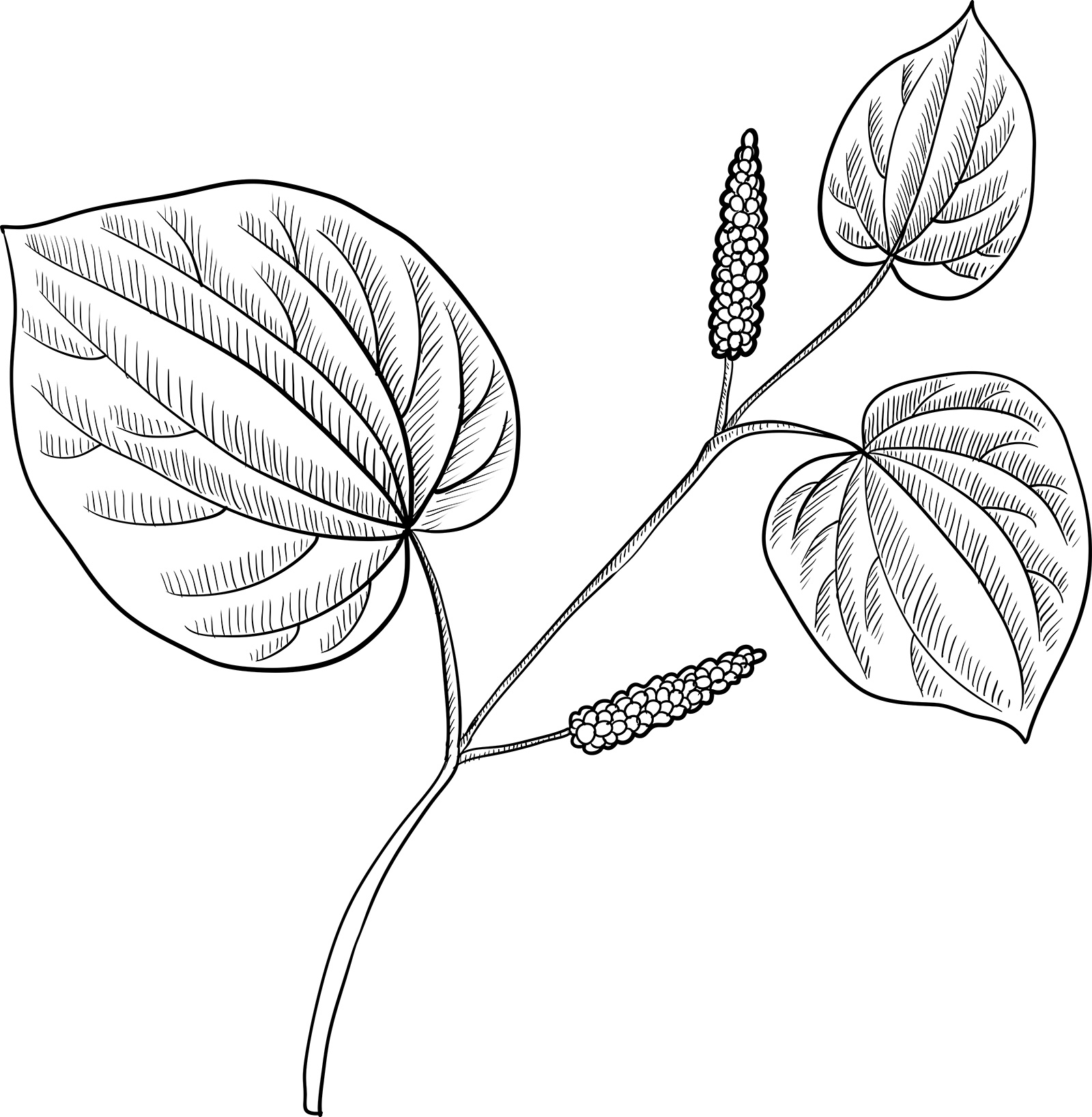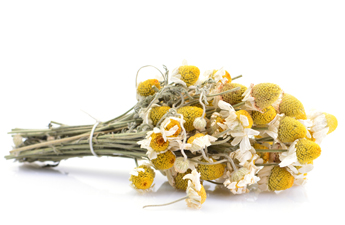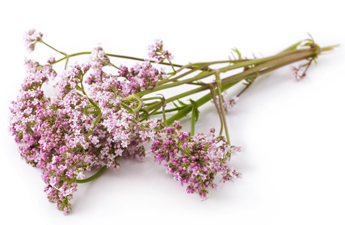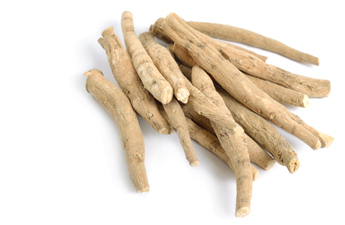Botanical name: Piper methysticum
Other names: Intoxicating Pepper
Also known as Kava Kava, this tropical shrub is a traditional medicine, ceremonial drink and social beverage from the Pacific Islands, where it has been used for hundreds (if not thousands) of years. The botanical name translates to ‘intoxicating pepper’, and the word Kava means ‘bitter’ in Tongan. Kava is a part of many Polynesian, Micronesian and Melanesian cultures, including Fiji, Hawaii, Samoa, Tonga, Papua New Guinea and Vanuatu.
Traditionally the roots are harvested after 5 years, and either chewed, ground or pounded into a paste, then mixed with water, strained and then drunk. The effects include feelings of calmness, euphoria, reduced pain, well-being and reduced anxiety without diminishing cognitive performance. Initially Kava may produce a talkative period, followed by muscle relaxation & drowsiness. It is generally accepted that Kava is non-addictive and not habit forming.
Kava contains kavalactones, which act much like alcohol on the brain, making you feel calm, relaxed and happy. In fact, in a traditional ceremonies, Kava is used to bring about a relaxed and euphoric state, similar to how we use alcohol in Western cultures.
Kavalactones (which include methysticin, dihydromethysticin, yangonin, dihydrokavain, and kavain) are responsible for producing muscular relaxation and a calming effect. Some of these kavalactones increase GABA in the brain, some act as MAOIs (inhibiting the enzyme monoamine oxidase B from removing neurotransmitters norepinephrine, serotonin, and dopamine from the brain), and some increase noradrenaline, serotonin, and dopamine (low levels of these neurotransmitters are associated with depression, anxiety, ADHD and more).
Kava is most often used today as a remedy for anxiety, stress, insomnia and PMS. Research supports these uses, although there is still some contention about whether the benefits outweigh the risks (see below).
Many studies have shown Kava’s ability to reduce anxiety. The method is not totally understood, but is thought to be due to the action of kavalactones on neurotransmitters in the brain. Kava may also help with insomnia, especially if it is stress-induced insomnia.
According to a research paper on the neuroprotective properties of kavalactones, “findings suggest that the use of kava might also be beneficial for the treatment of many degenerative diseases or nervous system conditions” including oxidative stress and inflammation related diseases such as Alzheimer disease and stroke.
Kava also shows promise in the treatment of addiction. The active ingredients found in kava, known as kavapyrones, have been found to bind to many sites in the brain that are associated with addiction and craving. Preliminary findings indicate that Kava may reduce the cravings associated with addiction. (6)
PREPARATION:
Use up to 3 heaped tablespoons of Kava (1/3 cup or 35-40g) in 600 mLs of room temperature water per person.
TRADITIONAL METHOD:
- Scoop Kava into a strainer bag, place in large bowl & cover with water.
- Squeeze and kneed for 5-10 mins (some people like to wear sterile gloves for this, but not required).
- Squeeze out bag and set aside (you can re-brew it later).
- Pour liquid into cups.
BLENDER METHOD:
- Add Kava and cold water into blender (1:15 ratio – 1g Kava to 15ml water)
- Blend for 2 minutes.
- Strain through Kava strainer bag and squeeze out liquid.
- Enjoy!
SERVING SUGGESTION:
Kava servings should be chugged quickly in order to prevent the sediments from settling down and also because it’s not very pleasant to sip it slowly. Drink one shell of Kava (half a cup or 100-150ml) at a time. Some people like to use a chaser (e.g. a fresh fruit or some coconut milk) to wash away the earthy kava taste. Take at least 15-20-minute long breaks between servings as it may take a while for the kavalactones to start acting and for you feel the effects. Remember that kava works best on an empty stomach (try not to eat anything for a while before drinking kava).
NOTES ON SAFETY:
There is a distinction made between ‘noble’ and ‘non-noble’ kava varieties, the former being the preferred and most consumed & propagated varieties due to their more favourable composition of kavalactones and other compounds that produce more pleasant effects and have lower potential for causing negative side-effects, such as nausea or “kava hangover”. According to Wikipedia, “More recently, it has been suggested that the widespread use of tudei (non-noble) cultivars in the manufacturing of several kava products might have been the key factor contributing to the rare reports of adverse reactions to kava observed among the consumers of kava-based products in Europe.
WE ONLY SELL NOBLE VARIETIES OF KAVA.
There is also concern about the potential toxicity of kava extracts. “When compared with water extraction, organic solvents extract vastly larger amounts of flavokavains, compounds associated with adverse reactions to kava that are present in very low concentrations in noble kava, but significant in non-noble.” This may have caused the adverse reactions that lead to Kava restrictions in many countries. According to the WHO, moderate consumption of Kava in its traditional form, i.e., as a water-based suspension of kava roots, has been deemed to present an “acceptably low level of health risk”. (8) However, consumption of kava extracts produced with organic solvents, or excessive amounts of poor-quality kava products, may be linked to an increased risk of adverse health outcomes, including potential liver injury.
References:
- https://www.ncbi.nlm.nih.gov/pmc/articles/PMC4498339/
- https://pubmed.ncbi.nlm.nih.gov/9065962/
- https://pubmed.ncbi.nlm.nih.gov/23635869/
- Kraft, M; Spahn, T W; Menzel, J; Senninger, N; Dietl, K.-H; Herbst, H; Domschke, W; Lerch, M M (2001). “Fulminantes Leberversagen nach Einnahme des pflanzlichen Antidepressivums Kava-Kava”. Deutsche Medizinische Wochenschrift. 126 (36): 970–972. doi:10.1055/s-2001-16966. ISSN 0012-0472. PMID 11544547.
- Kuchta, Kenny; Schmidt, Mathias; Nahrstedt, Adolf (1 December 2015). “German Kava Ban Lifted by Court: The Alleged Hepatotoxicity of Kava (Piper methysticum) as a Case of Ill-Defined Herbal Drug Identity, Lacking Quality Control, and Misguided Regulatory Politics”. Planta Medica. 81 (18): 1647–1653. doi:10.1055/s-0035-1558295. ISSN 1439-0221. PMID 26695707.
- G G Steiner (2001). “Kava as an anticraving agent: preliminary data”. https://pubmed.ncbi.nlm.nih.gov/12180513/
- Lebot, Vincent; Merlin, Mark; Lindstrom, Lamont (1997). Kava: The Pacific Elixir: The Definitive Guide to Its Ethnobotany, History, and Chemistry. Inner Traditions / Bear & Co. p. 58. ISBN 978-0-89281-726-9.
- “Kava: a review of the safety of traditional and recreational beverage consumption” (PDF). Food and Agriculture Organization of the United Nations and World Health Organization, Rome, Italy. 2016.
-
Pittler MH, Ernst E. Kava extract for treating anxiety. Cochrane Database Syst Rev. 2002;(2):CD003383. doi:10.1002/14651858.CD003383
-
Lehrl S. Clinical Efficacy of Kava Extract WS 1490 in Sleep Disturbances Associated With Anxiety Disorders. Results of a Multicenter, Randomized, Placebo-Controlled, Double-Blind Clinical Trial. J Affect Disord. 2004;78(2):101-110. doi:10.1016/s0165-0327(02)00238-0
WARNINGS & CONTRAINDICATIONS:
We ensure that we source Noble Kava, which does not contain any stems and therefore has lower toxicity and better effect.
However, it must be noted that in 2002 the US FDA issued a warning about the risk of liver damage associated with Kava use. Case reports have linked kava with liver toxicity, including hepatitis, cirrhosis, liver failure, and even death. Many of these cases were linked to pre-existing liver disease, excessive kava doses, and heavy alcohol use. It is still unclear whether the liver toxicity was the result of kavalactones, contaminants found in low-quality extracts, or the organic solvents (such as acetone or ethanol) used to make kava extracts and supplements.
Even though the WHO suggests that water-based kava beverages are “safer,” the agency concedes that moderate to heavy consumption can significantly raise liver enzymes. The WHO also warned that toxicity appears linked to the quality of the raw kava root, contamination of the root during storage, and the use of other herbal drugs with kava.
It is not recommended to consume Kava if you are pregnant or breastfeeding, have depression, bipolar disorder, schizophrenia, Parkinson’s disease, bleeding disorders, liver disease, pulmonary hypertension, low blood pressure, kidney disease, alcholism, or less than two weeks prior to surgery. Do not operate heavy machinery. Avoid prolonged use. Avoid if taking the following medications: sedatives, antidepressants, MAOIs, Benzodiazepines, diuretics, blood thinners, Levodopa, Proton pump inhibitors, antipsychotics.

Kava Common Uses
Kava Actions
Kava Recipes
Kava Precautions
We ensure that we source Noble Kava, which does not contain any stems and therefore has lower toxicity and better effect. However, it is not recommended to consume Kava if you are pregnant or breastfeeding, have depression, bipolar disorder, schizophrenia, Parkinson’s disease, bleeding disorders, liver disease, pulmonary hypertension, low blood pressure, kidney disease, alcholism, or less than two weeks prior to surgery. Do not operate heavy machinery. Avoid prolonged use. Avoid if taking the following medications: sedatives, antidepressants, MAOIs, Benzodiazepines, diuretics, blood thinners, Levodopa, Proton pump inhibitors, antipsychotics.
Buy Kava online from the Happy Herb Co
![]()
Australia’s biggest range
![]()
25 years of customer satisfaction
![]()
Fast International delivery
![]()
100% secure online ordering

 Nextwave
Nextwave

